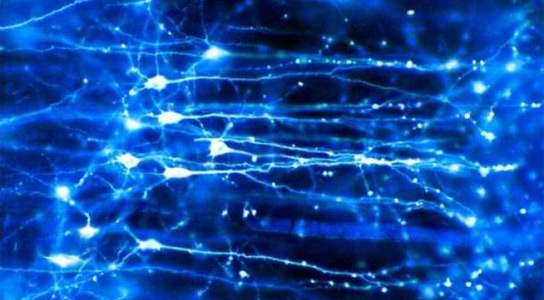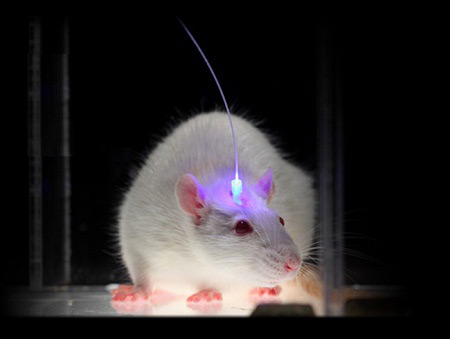
Optogenetics combines genes and optics in order to control well-defined events within living cells.
In order to search for better cures for neurological and psychiatric diseases, researchers have had to tackle the mammalian brain and its intricate complexity of tens of billions of intertwined neurons. Since neuroscientists have yet to grasp a deeper understanding of what the brain is really doing, it has been hypothesized that light could serve as a control tool in stimulating the circuitry of the brain.

In the summer of 2005, the fledgling field of optogenetics began, based upon microbial opsin genes. Optogenetics combines genes and optics in order to control well-defined events within living cells. Karl Deisseroth, from Stanford University, was able to develop reliable, millisecond-precision control over certain cells’ patterns of firing. Neurons would have to be modified by introducing a microbial opsin gene to respond precisely to light. Since 2005, different varieties of opsins were developed, becoming more and more diverse and responsive.
Researchers have been able to use optogenetics to force cells in mice to create dopamine using lasers and have used optogenetics to further understand diseases like Parkinson’s and Alzheimer’s. Kendall Research has developed a wireless optogenetic device, weighing only three grams, designed to be plugged into the brain of a mouse. It takes signals from a computer and routes them to the laser. From there on, it gets into the mouse’s neurons.
For these techniques to work within human brains, they would have to be adjusted genetically so that they could be responsive to light. However, there are vast applications for these kinds of technologies.









Be the first to comment on "Optogenetics Allows Light to Control Brains"